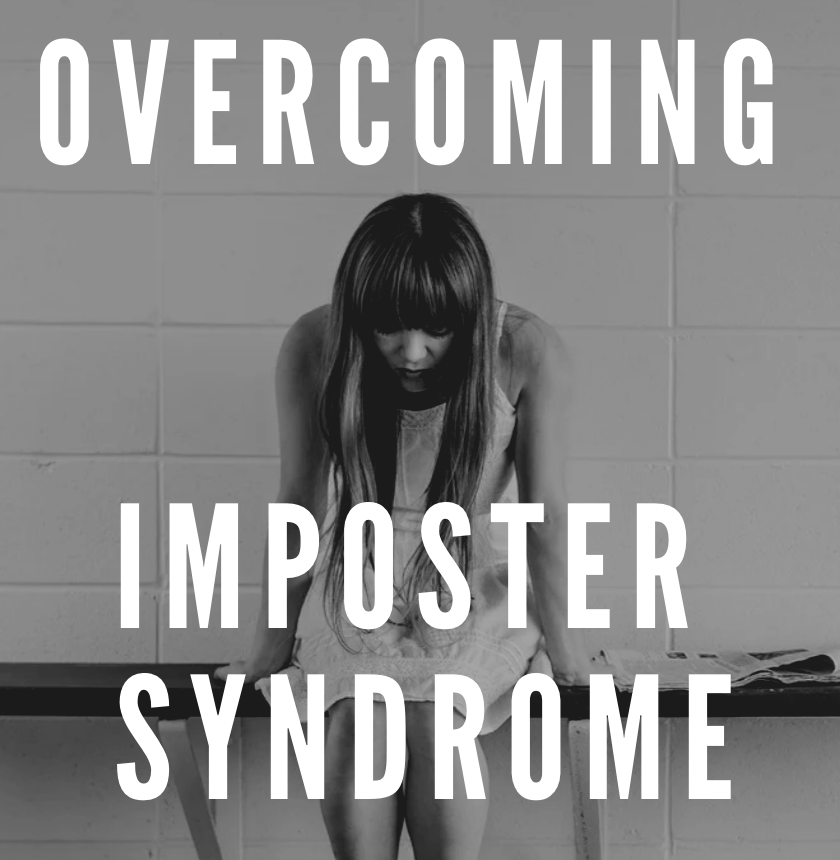Anyone that writes for a living doesn’t need to be told that language is important. Figuring out the right words to wield in the right order to effectively convey information is the job, after all. But even skilled writers can be prone to overlook ways that language can be harmful. Many of us use words and phrases all the time that have long been treated as a normal part of the English language, but that actually have a more sinister background or meaning.
As a writer, you don’t want your audience to feel alienated because you unintentionally used language that treats them as an other or outsider. And using language that excludes people is extremely easy. You’ve almost certainly done it before—I know I have.
Those slip ups have a cost. First and foremost, they make your reader feel bad. Whether they’re hurt, or angry, or just slightly annoyed, you don’t want to inspire those kinds of negative emotions in your audience. But making your writing more inclusive is also good for your brand. Google research found that 64% of people will take action after seeing an ad they consider to be diverse or inclusive, and the numbers are higher for someone marginalized—69% for Black consumers, and 71% for LGBTQ people.
1. Avoid ableist language.
Ableist language takes a couple different forms. Anytime a term used to describe a physical disability or mental health issue is used as a metaphor or expression, that’s one form of ableism. Examples include calling someone whose behavior you don’t like “crazy,” describing someone who refuses to listen to information “deaf” to it, or describing someone who’s particular about a habit “OCD.” Another form it can take is using language to describe a disability that the disabled community considers insulting. That includes describing someone who has an unconventional physical appearance as being “deformed” or referring to someone with a learning or intellectual disability as “special needs.”
Ableist language is all around us. Because it’s so commonplace, it takes effort to learn how to recognize and unlearn it. But getting it right matters. When you use a term that describes an actual disability as a metaphor, it can make disabled readers feel like you don’t actually understand them or their experiences. And when the community that a term describes distances themselves from it, they do so for a reason and it’s our job to listen.
Like all language, ableist language has a tendency to evolve. Sometimes terms that start out as descriptive get weaponized by people that aren’t a part of the community they describe and end up becoming slurs. And sometimes those same words later get reclaimed by people within the community. It’s important to keep paying attention to the voices of the disabled on this topic over time, so you know when there’s been a change in the norms of what language is acceptable.
Learn more:
- A very useful list of ableist terms to avoid and alternatives to consider in their place from Lydia X. Z. Brown.
- The Disability Style Guide from The National Center on Disability and Journalism
2. Beware the gender binary.
Unless maybe you’re Gen Z (and probably even then), you were likely raised to understand gender in oversimplistic, binary terms. Mainstream culture has long tried to slot all people into either the category of “man” or “woman,” based on what a doctor said they were at birth. But society has always been wrong about that, and a growing portion of the population is pushing back against rigid definitions of gender.
Any article that talks about “women” and “men” as though those categories include everyone is leaving out nonbinary people entirely. And anytime a writer describes the biological attributes of sex (such as ability to give birth or having certain body parts) as though they’re exlusive to one gender, they’re excluding trans and intersex people for whom those descriptions don’t apply. That can be hurtful (and infuriating) to people in your audience that are left out, and makes your writing less accurate as well.
Make sure anytime you’re writing about gender, you consider and include people who don’t neatly fit into the gender binary. If you’re quoting research that only acknowledges cis men and women (as a lot of research in, for example, the health field still does), make note of that rather than treating it as normal or accepted to exclude everyone else. Avoid using gendered pronouns in your writing, unless you’re referring to a specific person (whose pronouns you know). The singular “they” is better for readability than the awkward “he or she” your teachers may have taught you all those years ago anyways.
And speaking of pronouns, if you interview a source for a piece, always ask for their pronouns. You don’t want to get them wrong in your piece. That not only makes you look sloppy, but is also offensive to the person who shared their time and expertise with you.
Learn more:
- The Conscious Style Guide has a guide to Gender, Sex + Sexuality that collects a lot of useful sources and articles.
- I wrote about how to make marketing gender inclusive for Velocitize.
3. Don’t let anti-fat bias creep into your writing.
How often have you been in a room with people discussing diets, calories, and weight goals? Probably a lot. It’s (sadly) a common part of life. But the way our culture often talks about weight is damaging. Not only is much of it wrong (weight isn’t correlated to health in the way you might think), but it’s actively harmful.
The anti-fat bias in our culture causes a huge number of serious problems—from eating disorders, to fat people being bullied and discriminated against, to doctors ignoring real health concerns because they (wrongly) assume all health problems a fat person has can be solved by losing weight. But even if you personally know better than to be a bully to someone because of their weight (and I hope you do, cause if not—WTF), you may be contributing to anti-fat bias in your writing without thinking about it.
Articles and blog posts that have nothing to do with weight often make casual mentions of diets or “shedding pounds” before summer, as though everyone reading will be on board with those things as a definite good. But for anyone in your audience that’s struggled with an eating disorder or spent years facing discrimination because of their size, a reference to “beach bodies” that you mean to be relatable will read more as an insult.
Don’t assume weight loss is a goal for all your readers. Make sure you don’t slip into talking about some body sizes as being better than others. And avoid talk of diets or counting calories unless it somehow relates directly to the topic you’re writing about (say, if you’re writing about tips for adopting a vegetarian diet).
Learn more:
- Aubrey Gorden, who writes as Your Fat Friend, has a lot of great articles on this topic, along with a whole book on the subject that’s well worth the time,
- She also co-hosts an informative (and funny) podcast with Michael Hobbes: Maintenance Phase.
4. Use person-first language, when appropriate.
Person-first language means emphasizing the person before the descriptor. So instead of referring to someone as a “female writer,” you’d describe them as a “writer that’s a woman.” But in many cases, you don’t even need the descriptor.
So first off, consider if that description of a person’s race, gender, disability, or other type of marginalization is relevant to what you’re writing. Only mention it if you determine it’s important in the context. And if you decide that mentioning it matters, then you may want to use people-first language—but go ahead and check with the person first, if you’re able. If it’s a source you’re writing an article about, ask them how they prefer to be described. If you’re writing about someone you don’t have that kind of access to, see if you can find examples of how they refer to themselves. If that doesn’t yield results, then person-first language is probably a smart bet.
Learn more:
- Radical Copyeditor on person-centered language.
- The Association of Health Care Journalists on person-first vs identity-first language.
5. Consider the history of phrases before you use them.
Sometimes a phrase becomes so common in usage that we say (or write) it without thinking about what the words themselves actually mean. But in a number of cases, those words are tied to historical meanings that can’t be taken lightly. When someone facing consequences for their actions claims to be the victim of a “witch hunt,” they’re callously using the imagery of actual historical violence. Or when two (non-indigenous) people making up after an argument talk about “burying the hatchet,” they’re appropriating Native American imagery without thinking about its history.
You can avoid some instances of unintentional bigotry or offensiveness by starting to pay more attention to the metaphorical phrases you use. Think about where the phrase comes from before you use it. And if you don’t know its history, look it up to determine if you’re casually perpetuating offensive ideas in its use. You may be surprised how many casually offensive terms are a normal part of your thought process. Identifying them is the first step to removing them from your regular vocabulary.
Learn more:
- CNN on everyday words and phrases with racist connotations.
- Radical Copyeditor lists thirty everyday phrases that perpetuate the oppression of indigenous people.
Always Be Learning
Language is constantly evolving, and the conversations around which words are acceptable and harmful are ongoing. In order to be an inclusive, compassionate writer, you have to commit to continual learning.
Listen to people from various marginalized groups and backgrounds to better understand how they do and don’t like to be referred to and why (while also recognizing that there will often be variety in their opinions). Do your best to match your writing to what they say, and be open to feedback when you get something wrong. You won’t always get things right, but as long as you’re willing to always listen, show empathy, and do your best, you will get better at avoiding harmful language.
Some resources to help you along the way:




